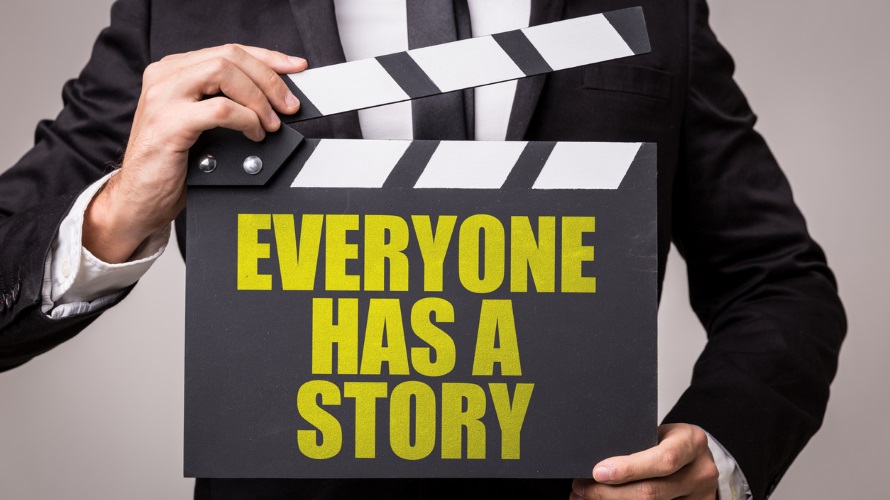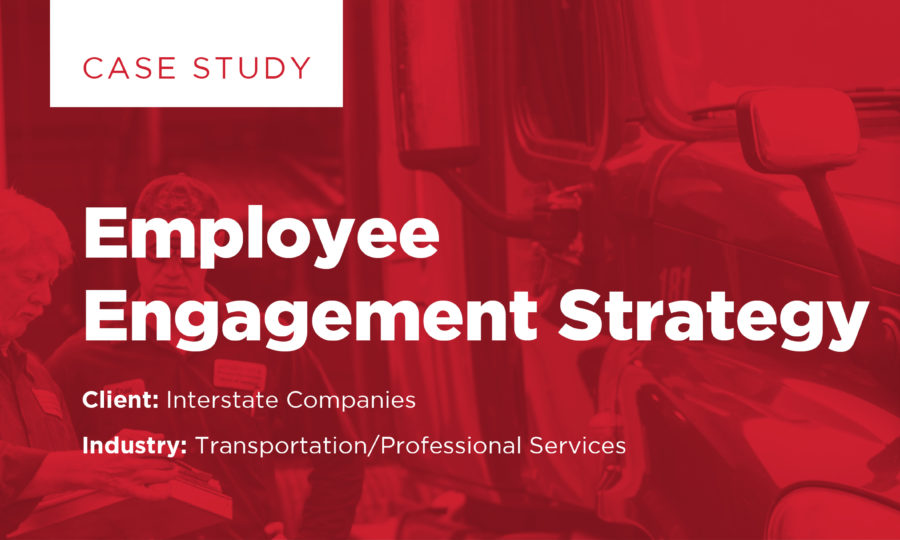Video Content Marketing
Why it’s what’s up, how it’s done well and when you know it’s time…
Video content marketing is more important than ever. Why? There are clear and compelling reasons (not to mention the research to back it up). For the purposes of this blog, I am just going to lay out what I think are the four most important:
- It’s probably best way to explain your product or service while communicating your brand and company identity in relatable, personal terms.
- Video is incredibly flexible. You’ll get maximum return on investment because first, you’ll have a great video on your website, you can use it on social media, you can integrate it into presentations, and it’s easy to splice and dice a video in innumerable ways to create vignettes and hard-hitting clips for social and other media.
- People freaking love video. We’re talking engagement here. If you want more clips, if you hope for more potential customers, consumers or donors spend more time on your website, video is your answer.
- SEO! Search engine optimization should be a priority for any and every business. This means that when people type in keywords into Google, with solid SEO your business will rank higher in the results. Video is great for this.
Video content marketing will raise your online profile and the value is manifold. There is something incredibly powerful about speaking directly to potential donors or investors, customers or even internally to your employees. Testimonials and customer success stories build trust, and explainer videos educate about your brand/product/service painlessly in easy to understand language and adds a personal touch.
Really, you can’t go wrong. But how to you go about it?
Find your story.

For all video projects at Kinetic, we know there’s a story to tell and we find it. Whether you’re looking for donors, selling honey or heavy equipment – it’s the same thing. You’ve got to connect with people on a human level. If someone believes in you, trusts your brand and is inspired by what you are doing – you are accomplishing everything you need to be successful. The story may be grandiose or technical, but if it’s a good story, people will listen.
And like all great stories, it will have a structure that leads the viewer from a to b to c without feeling forced or rigid.
Make Sense of Your Story.
In a video where the narrative is guided by interviews, how do you plan and script a story when you don’t know exactly what people are going to say on camera? The answer (at least for us) is mapping out a loose story structure. The most basic story structure we use goes something like this:
- Introduction: An introduction to the subject and/or the interviewee.
- Challenge/pain point: Explaining the problem your brand’s product or service is designed to solve.
- ‘The meat’: The solution to the problem (your services, product or brand!).
- Resolution: The final message we want to drive home with the viewer.
Moderator Guide meets Scriptwriting.
Here’s the thing…
I’ve just been talking about stories: beginning, middle, end and everyone lives happily ever after to the end of their days. And it’s true, you need a story if you’re going to start anywhere and have a destination in mind. But interviews and scripts aren’t logical and they’re not linear. So you’ve got to find a whole new mindset.
You’re not building a narrative with great transitions and flawless grammar, you are telling a story with powerful soundbites, visuals, music and overall vibe.
Great Questions lead to Strategic Answers
Once you have a general idea of your story, next comes the interview script.

At Kinetic, we’ll start by writing a master list of questions to understand the goal of our video (is it to educate or inspire?). Depending, the questions might range from the most straightforward questions complex and technical.
But if you know your story and you’ve made sense of it – within the framework of video, you’ll know what you need to support your intro, to explain the problem, to reveal why YOU are the solution and have ideas about your powerful close.
Then your next task is to develop questions that focus your interviewee on the “right” answer – or the responses you need to tell the “right” story.
And there’s more…
These are just the first steps to great video that lead to awesome returns on investment. You’ve got your story, you have your questions – you know just what you want and have a plan to get there. Then there are the interviews themselves.
Who are you interviewing, how do you prep them and when it’s all said and done, how do you take a 20-minute interview and boil it down to two minutes? There is an art to this. Then you’ve got to organize your footage, get the right audio, edit the whole thing… and come up with a compelling title. And finally, you’ve got to share it… and often the only way to do this is through a strategic digital and social media video strategy.
At Kinetic, we specialize in visual social media strategy and video. Check out some of our most recent video projects for MetraPark here!
Want to learn more? Let’s set up a quick consultation? We’ve got you covered.



